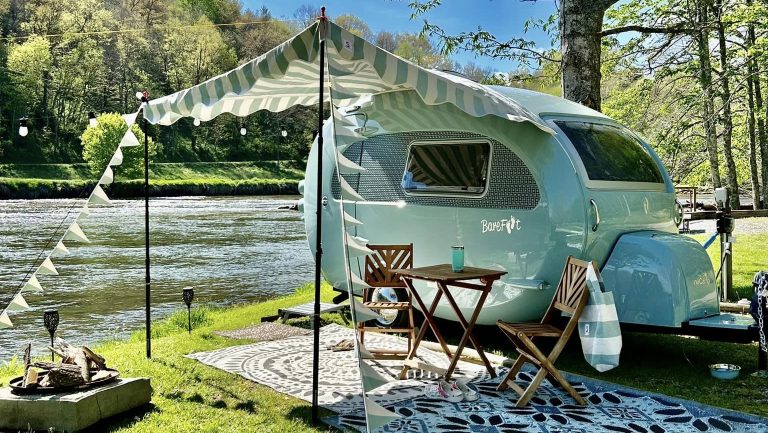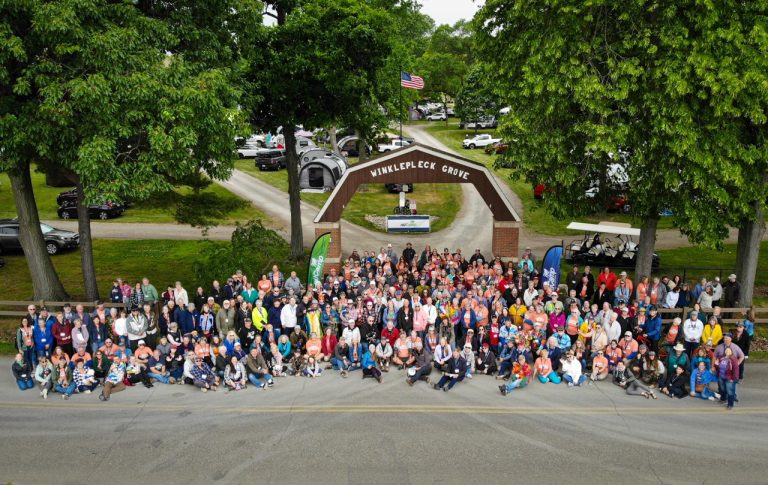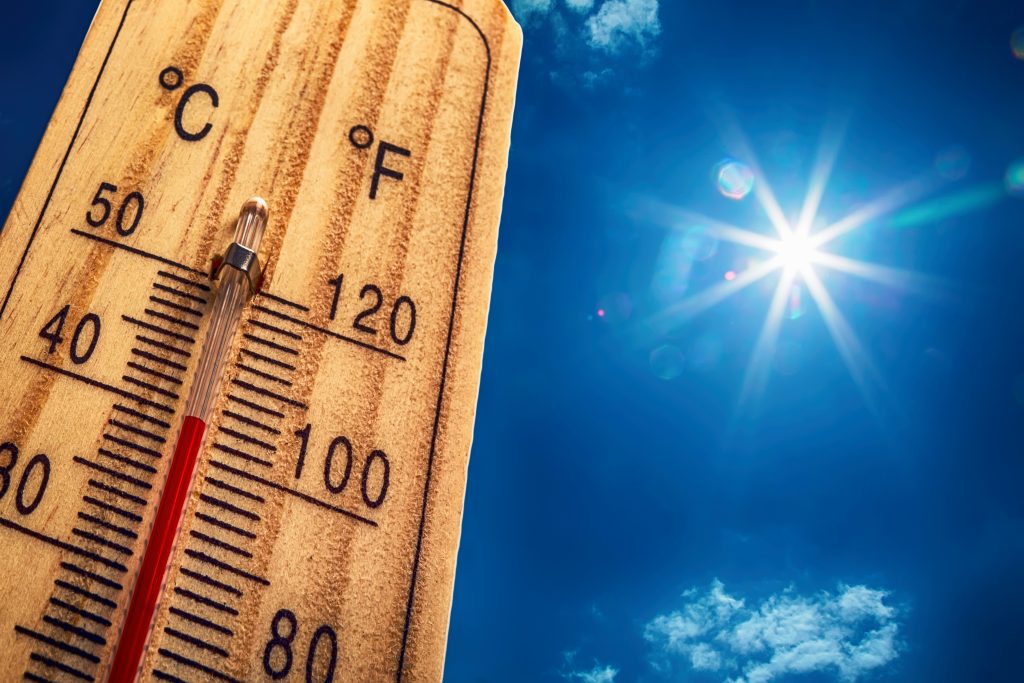As much as you like summer sunshine, it can make the interior of your camper more than a little uncomfortable. Combine heat with humidity and your home away from home can feel like a sauna — even if it’s equipped with air conditioning.
Most RV A/C systems only cool the air inside the camper to about 20° F lower than the outside air. If the outside air is 100° F or higher, such as in the southwest United States, the interior temp can be around 80° F. No A/C in your camper? Then it can definitely be a bit on the hot side even after the sun goes down. However, there are things you can do to help offset the heat and make for a more comfortable evening.
Tips for A/C-equipped campers
The earlier in the day you can start the air conditioner, the more time it will have to remove excess humidity as well as cool the camper. Before you start the A/C, make sure all windows and vents are closed, and that the air intake isn’t closed or obstructed in any way. Otherwise, the air conditioner could malfunction and slow down cooling. Then turn the air conditioner on its highest setting.
As for maintenance, Creed Hostetler, nuCamp Technical Support Specialist, recommends cleaning the filter and output and intake vents after you’ve taken your unit out of storage. Also, he adds, “If you live in a dustier environment or use the A/C more frequently, you may want to clean the filter once a month or after the summer season.”
As for professional servicing, Creed says to refer to the owner’s manual for specific recommendations. “I would say it’s not needed unless you see a drop in performance from the A/C,” he said.
General cooling tips
The goal during hot weather is to reduce heat gain: the heat the camper absorbs from the sun and the surrounding atmosphere. With or without an air conditioning system, the following tips can help keep the inside temp cooler and more comfortable, regardless of that the outside thermometer says.
Pick your parking spot carefully. Shade is your friend. If you can park under a tree or next to a structure that can provide some shade, it will help reduce the heat gain. Just don’t block the camper’s emergency exit window.
Keep the cool inside. A tip from Quality RV Resorts for campers without air conditioning is to close the windows and vents when you first get up to trap the cool morning air inside. Then, when the temp starts to climb, you can open them up to take advantage of any breezes or to keep the unit from getting too hot inside.
Close the curtains. You may enjoy the view, but if the sun is shining in the window, it’s bringing the heat along with it. Shut any draperies and pull down the shades. If your window shades don’t have a reflective coating on the exterior, consider inserting an automotive windshield sunshade cut to fit against the window, reflective side facing out. If your camper has an awning, extend it to shade the side of your camper. And don’t forget to cover your skylights if they don’t have their own shades.
Dine al fresco. Or at least, do your meal prep outside. A hot day isn’t the time to run your microwave or stove. Instead, use an outside barbecue or enjoy a salad-and-sandwich meal. Bonus tip: if your camper has an Alde® System, don’t run it while the temperature is hot because it’s a heat-emitting appliance.
Move outdoors. This tip is from The Wandering RV. Sometimes just a nice breeze is enough to make you feel cooler. Even if you have an A/C, spend some time outdoors in a shade room or screened enclosure. The bonus is that you have expanded your living space.
Increase the breeze. Need a little more air movement inside your camper? Consider a USB-powered fan. Sometimes even just a little air movement can make a big difference.
Be a sun-smart traveler. Plan your itinerary so you take advantage of cooler temps at various destinations. That means, for example, consider traveling to the southwest in the spring or fall, and head to the Mid/South Pacific Rockies for summer. More advice from Truck Camper Adventure is to head to higher elevations and northern latitudes or to coastlines during hot weather.
Path2USA has an excellent breakdown covering the six climate zones—Northwest Pacific, Mid/South Pacific, Midwest, Northeast, Southeast and Southwest—and the weather you can expect depending on when you visit. (By the way, this is also good to remember if you’re traveling during the late fall/winter/early spring. The last thing you want is to get caught in a blizzard!)
As The Wandering RV points out, “One of the perks of owning an RV is having the ability to change locations. If you also have the free time and resources to navigate toward someplace cooler, by all means, take advantage of the option.” By doing some advance planning, you can still visit your favorite locations —just not when the temps are in the triple digits!
Recent Articles





